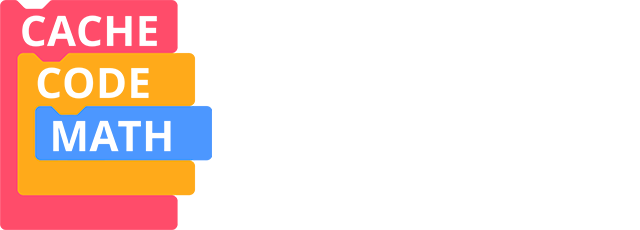Document Type
Article
Journal/Book Title/Conference
ACM Transactions on Computing Education
Volume
24
Issue
4
Publisher
Association for Computing Machinery
Publication Date
12-14-2024
Journal Article Version
Version of Record
First Page
1
Last Page
28
Creative Commons License

This work is licensed under a Creative Commons Attribution 4.0 License.
Abstract
Objectives. Physical computing systems are increasingly being integrated into secondary school science and STEM instruction, yet little is known about how teachers, especially those with little background and experience in computing, help students during the inevitable debugging moments that arise. In this article, we describe a framework, comprising two dimensions, for characterizing how teachers support students as they debug a physical computing system called the Data Sensor Hub (DASH). The DASH enables students to program sensors to measure, analyze, and visualize data as they engage in science inquiry activities
Participants. Five secondary school teachers implemented an inquiry-oriented instructional unit designed to introduce students to working with the DASH as a tool for scientific inquiry.
Study Method. Findings drew on video analysis of the teachers’ classroom implementations of the unit. A review of the data corpus led to the selection of 23 moments where the teachers supported an individual or small groups of students engaged in debugging. These moments were analyzed using a grounded perspective based on Interaction Analysis to characterize the teachers’ varied interactional approaches.
Findings. Our analysis revealed how teachers’ moves during debugging moments fell along two dimensions. The first dimension characterizes teachers’ positioning during the debugging interactions, ranging from a positioning for teacher understanding to a positioning for student understanding of the bug. The second dimension characterizes the inquiry orientation of the teachers’ questions and guidance, ranging from focusing on the debugging process to focusing on the product—or fixing the bug. Further, teachers’ moves often fell along different points on these dimensions given nuances in the instructional context.
Conclusions. The framework offers a first step toward characterizing teachers’ debugging pedagogy as they support students during debugging moments. It also calls attention to how teachers do not necessarily need to be programming experts to effectively help students learn independent and generalizable debugging strategies. Further, it illustrates the variety of expertise that teachers can bring to debugging moments to support students learning to debug. Finally, the framework provides implications for the design of professional learning and supports for teachers as they increasingly are asked to support students in computing—and debugging—activities across a range of disciplines.
Recommended Citation
Colin Hennessy Elliott, Jessie Nixon, Alexandra Gendrau Chakarov, Jeffrey B. Bush, Michael J. Schneider, and Mimi Recker. 2024. Characterizing Teacher Support of Debugging with Physical Computing: Debugging Pedagogies in Practice. ACM Trans. Comput. Educ. 24, 4, Article 48 (December 2024), 28 pages. https://doi.org/10.1145/3677612
Additional Files
SupplementalMaterial-GrantInfo-ITLSfacpub2024-HennessyChakarovSchneider.docx (859 kB)Grant Information



Comments
This work was supported by National Science Foundation Grant no. 2031382 and 2031404. Opinions, findings, or recommendations expressed in this paper are those of the authors and do not necessarily reflect the views of the funding agency. We thank the participating teachers and students.